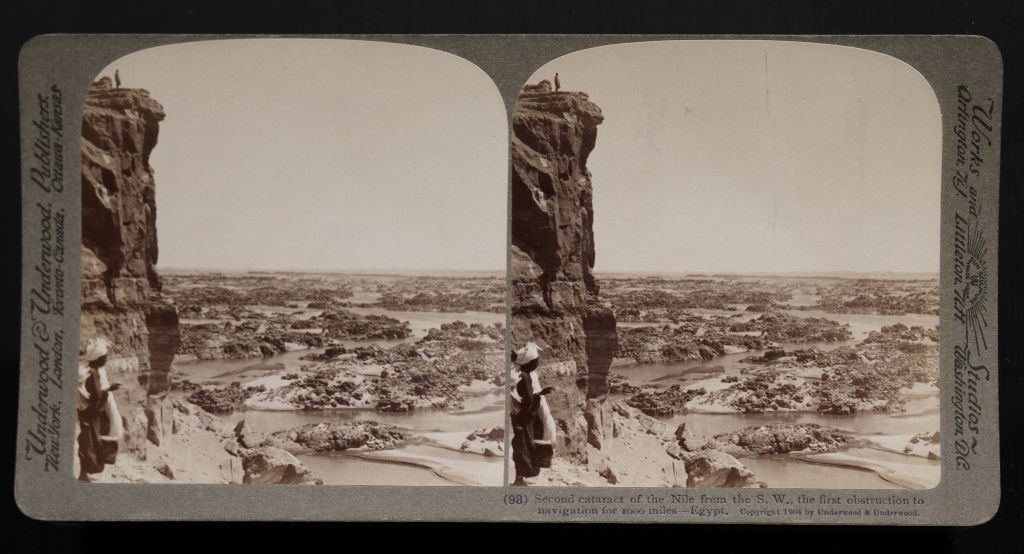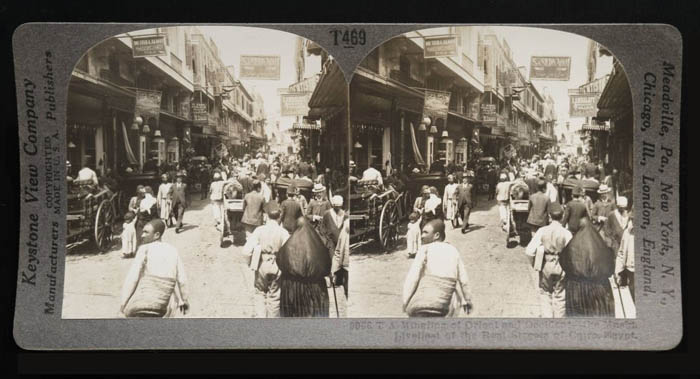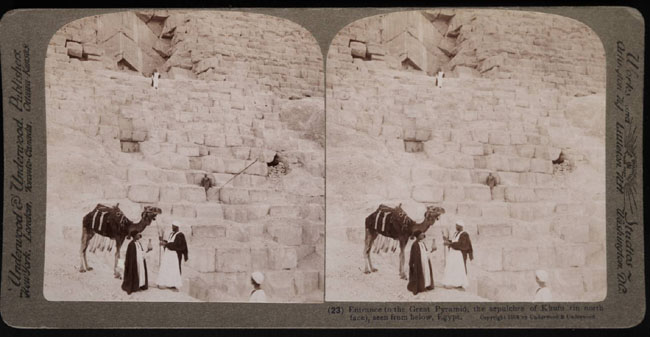
Image credit: Underwood and Underwood
Over past week, as I reworked a syllabus for a course on
Photography and Literature, I spent some time skimming through the online
finding aids and databases that catalog the Harry Ransom Humanities Research
Center. The Stereograph collection
at the HRC seems particularly fascinating—it contains over 4,000 images, most
of which date to the period between 1870 and 1900. Introducing students to stereographs can form a jumping off
point for considering the intersections of vision, modernity, science and technology,
early photography, and tourism.

Image credit: Keystone View Company
The majority of the images in the HRC collection were
purchased by the Keystone View Company from Underwood and Underwood in
1912. Part of the fascination of
the stereoscope was its ability to create the illusion of depth—viewing two
slightly different images set side by side on a card and placed before a
stereoscope replicated the perception of depth. This technology was considered cutting-edge in the last
decades of the nineteenth century and is not all that different from techniques
used for Viewmasters or even 3-D films.

Image credit: Underwood and Underwood
Many of Keystone stereographs contain extensive captions
printed on each card and several participate in a narrative of American
imperialism through images of both domestic and foreign spaces. Circulated among a predominantly middle
class audience and displayed in middle class parlors, stereographs offered
viewers a culturally-privileged vantage point from which to view the world. Without ever leaving the sanctity of
the domestic space, middle class viewers were able to experience his or her own
private mode of mini-imperialism.
Flipping through a pile of stereograph cards, owning and displaying
these images of foreign people and places, replicated the broader national
project of imperialism. It might
be worth comparing these images to more contemporary ones found in National
Geographic or considering them alongside
3-D modern marvels (that raise many of the same questions) such as Avatar.
Recent comments
2 years 29 weeks ago
2 years 44 weeks ago
2 years 44 weeks ago
2 years 50 weeks ago
3 years 4 weeks ago
3 years 4 weeks ago
3 years 4 weeks ago
3 years 6 weeks ago
3 years 6 weeks ago
3 years 6 weeks ago